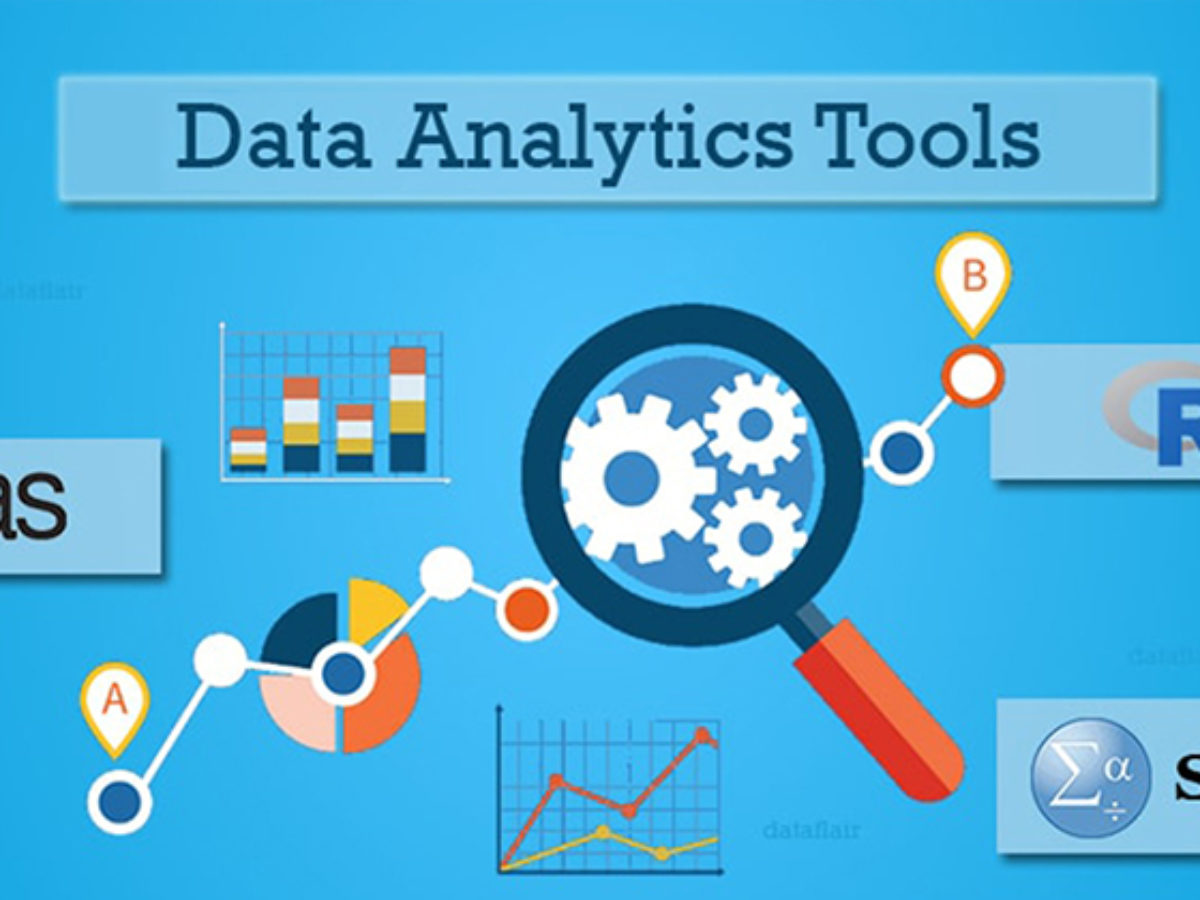
Make sure that you understand how your variables are coded and what they represent before you start your analysis. Means and standard deviations are not appropriate or meaningful for nominal and ordinal variables. The Descriptives dialog window will let you enter any numeric variables in your dataset - including nominal and ordinal variables. Descending means will order the output so that the variables with the largest means are first and the variables with the smallest means are last.Ascending means will order the output so that the variables with the smallest means are first and the variables with the largest means last.Alphabetically will arrange the variables in alphabetical order.Variable list will print the variables in the same order that they are specified in the Descriptives window.You can also choose how you want the output to be organized: Clicking Options will allow you to disable any of the aforementioned statistics, or enable sum, variance, range, standard error of the mean (S.E. Recall that the standardized value of a variable is computed by subtracting its mean and then dividing that difference by the standard deviation:īy default, the Descriptives procedure computes the mean, standard deviation, minimum, and maximum of the variable. Selecting the Save standardized values as variables check box will compute new variables containing the standardized values (also known as Z scores) of each of the input variables. Alternatively, you can double-click on the name of a variable to move it to the column on the right. To select variables for analysis, click on the variable name to highlight it, then click on the arrow button to move the variable to the column on the right. The Descriptives window lists all of the variables in your dataset in the left column. To run the Descriptives procedure, select Analyze > Descriptive Statistics > Descriptives. The Descriptives procedure is best used when you want to compare the descriptive statistics of several numeric variables side-by-side. If you need those statistics, you'll need to use the Frequencies, Explore, or Compare Means procedures. Notice that the Descriptives procedure can't compute medians or quartiles. mean)Īdditionally, the Descriptives procedure can optionally compute Z scores as new variables in your dataset. In all, the statistics it can produce are: In SPSS, the Descriptives procedure computes a select set of basic descriptive statistics for one or more continuous numeric variables. What is the "shape" of the distribution? Is it symmetric or asymmetric? Are the values mostly clustered about the mean, or are there many values in the "tails" of the distribution? (Skewness, kurtosis).

What are the extremes of the data? (Minimum, maximum Outliers).How spread out is the data? (Standard deviation/variance).What is the "center" of the data? (Mean, median).When summarizing quantitative (continuous/interval/ratio) variables, we are typically interested in questions like:


 0 kommentar(er)
0 kommentar(er)
